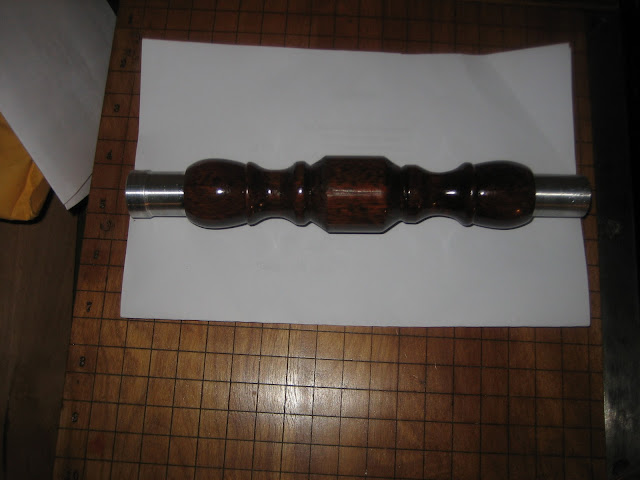I have some cocobolo that I would like to turn into handles for some brushes, and was at a neighbors shop yesterday he suggested CA glue. He uses it on pens and thought it would be a good choice. He claims it is highly water resistant although not totally water proof. I really like the look he gets on pens but not sure if I should try it on a brush handle. I suppose I should only use stabilized wood or an acrylic, but wanted to ask your advice.
Thanks
Daryl
Thanks
Daryl





